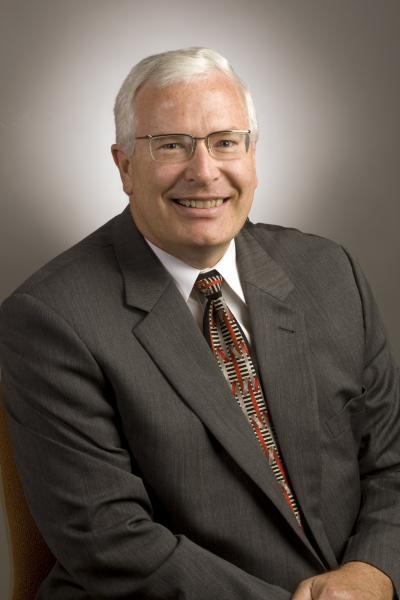COLUMBIA, Mo. ¬— During the past 60 years, humans have built rockets, walked on the moon and explored the outer reaches of space with probes and telescopes. During these trips in space, research has been conducted to learn more about life and space. Recently, a group of prominent researchers from across the country published a report through the National Academy of Sciences that is intended as a guide as NASA plans the next 10 years of research in space. Rob Duncan, the University of Missouri Vice Chancellor for Research, led the team that developed a blueprint for fundamental physics research in space for the next 10 years.
"When Einstein developed his theory of relativity, no one at the time knew exactly how it could be applied. Yet that basic, scientific discovery opened many doors for us, including the development of technology that led to Global Positioning Systems (GPS)," Duncan said. "Many trillion-dollar technologies are based on these 'basic science' discoveries, so it is vital that we continue to explore these scientific questions that, we hope, will continue to lead to technological advancement. We must continue to develop knowledge out of our curiosity alone, since that often leads to great opportunities. If we stop exploring the unknown, then we will fail to discover things that may be of great importance to our economy in ways that may be difficult to predict."
Duncan's committee, which consisted of Nicholas Bigelow from the University of Rochester, Paul Chaikin from New York University, Ronald Larson from the University of Michigan, W. Carl Lineberger from the University of Colorado, and Ronald Walsworth from Harvard University, developed two overarching "quests" and four specific "thrusts" for fundamental physics research as part of the report, "Recapturing a Future for Space Exploration: Life and Physical Sciences Research for a New Era." The National Research Council will present the report to NASA.

Rob Duncan, the University of Missouri Vice Chancellor for Research, led the team that developed a blueprint for fundamental physics research in space for the next 10 years.
(Photo Credit: University of Missouri)
The first quest is to discover and explore the physical laws governing matter, space and time. The second quest is to discover and understand how complex systems are organized. For example, ferns grow with a distinct symmetry and structure to their leaves that are similar to the overall shape of the whole plant. This is an example of "self-similarity" in nature, which could be explored in greater detail in space.
The four specific thrusts that the committee recommended NASA explore in the coming decade are:
- Soft Condensed Matter Physics and Complex Fluids – While some examples exist of this new class of materials, understanding the organizing principles of these new materials, which are typically very strong but very light, could advance materials science dramatically on earth.
- Precision Measurements of Fundamental Forces and Symmetries – This would help scientists determine what is not known about the composition and structure of the universe. For example, some cosmic rays have 100 billion times more energy than the highest energy particles ever produced in "atom smashers" on earth.
- Quantum Gases – Understanding quantum gases can lead to a much better understanding of how particles fundamentally interact with each other. Examples of these materials include superconductors and superfluids. Superconductors are materials that conduct electricity with no resistance while superfluids are those fluids (such as helium at very low temperatures) that have no resistance to fluid flow.
- Condensed Matter – As matter changes into different states, such as solid, liquid and gas, phase changes happen that are similar throughout nature. By studying these changes in space, scientists can alleviate the complication of gravity and better understand the physics effecting these changes.
"This is a fascinating time to be a scientist," Duncan said. "As NASA moves forward and develops a new space mission, we hope that this report will help guide the scientific portion of space exploration. The possibilities of discovery are endless."
Source: University of Missouri-Columbia